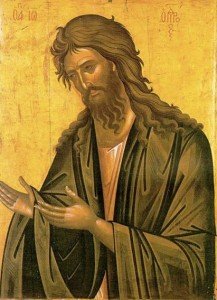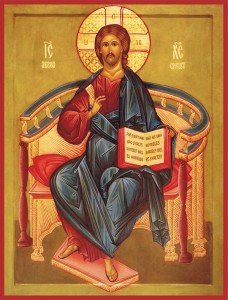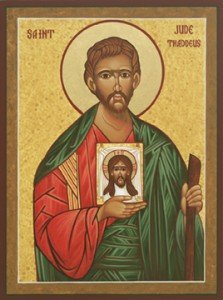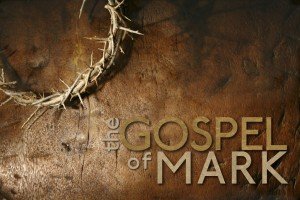I have been sharing information in this article about the Gospel of Mark. As I shared with you, Mark’s Gospel begins with the baptism of Jesus by John. The gospel does not portray Jesus as publicly proclaiming his identity as Son of God or Messiah. It also does not have stories of the risen Jesus appearing to his followers. Instead his gospel ends with the story of women finding Jesus’ tomb empty and the promise that his followers will see him in Galilee. Appearance stories are found in Matthew, Luke and John but not in Mark.
How does Mark tell the story of Jesus Christ? He beings the story with a short prologue to the public activity of Jesus and then narrates it in the threefold pattern of Galilee, journey to Jerusalem, and final week, including crucifixion and resurrection.
The gospel of Mark is invaluable for grasping the essential characteristics of Jesus’ public ministry. The gospels of Matthew and Luke are better understood in the light of the data provided by Mark because of their direct dependence on him. Like the other evangelists, Mark, in addressing himself to Christian readers, places his gospel within the framework of Christian tradition on the identity of Jesus which developed during the course of the apostolic teaching. In Mark’s day, the title Christ had already become part of Jesus’ proper name; for the Gentile Christian it had the religious implication of savior or redeemer rather than Messiah, which would be meaningless to all but Jews. Data in the gospel clearly indicate that it was intended for Gentile Christian readers, or at least readers unfamiliar with Jewish customs. The date of composition is around 70 CE.
Mark’s gospel begins with a prologue which is belief.
The Prologue
The first verse is the title of the gospel: “The beginning of the good news of Jesus Christ, the Son of God.” It affirms that Jesus is Christ, the Messiah, the one promised to Israel, that he is the Son of God and that his story is good news.
One of Mark’s central themes is the Way. Italicized words emphasize way imagery: “I am sending my messenger ahead of you, who will prepare your way; the voice of one crying out in the wilderness: Prepare the way of the Lord, make straight his paths. The words echo language from ancient Israel’s experience of exile in Babylon six centuries earlier. Mark’s story of Jesus is about the way, the way of the Lord, the way of Jesus and what it means to follow that way.
We must remember that neither Mark nor the early Christian community had come to know Jesus in the way that we do, which has been formed by the Council of Nicaea (325). To be a savior or redeemer had an entirely different meaning to the early Christian community




